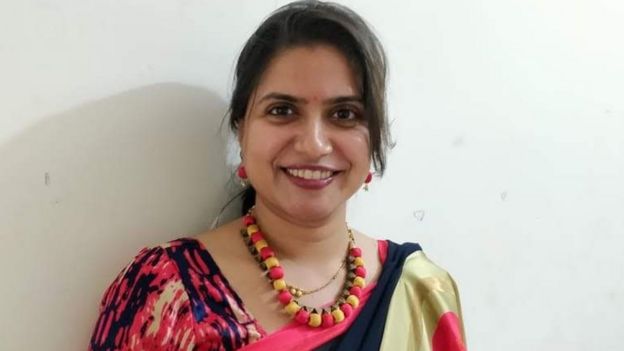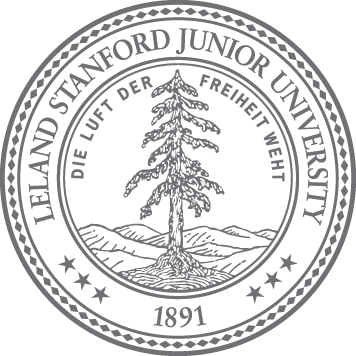| To our Stanford family:
I am writing you at the end of an extraordinary week. Whether you are here in the Bay Area, or elsewhere around the world, we have all been affected by COVID-19 and the policies being put in place to combat it. The shelter-in-place orders issued across the Bay Area on Monday—and statewide in California on Thursday—have affected all of us at Stanford in different ways: from pausing research, to canceling events, to requiring almost all undergraduates to leave campus.
Yesterday, we announced that spring quarter courses will be taught online for the duration of the quarter. I know that this news has come as a significant disappointment to all, and especially to our students. I deeply regret that many of you will not be living and studying on campus this spring. Unfortunately, it became clear that this was the only responsible course of action, considering the global public health challenge in front of us and the possibility that shelter-in-place guidelines will be extended. But I truly wish it were otherwise.
To those of you in the class of 2020, graduating this spring: I know many of you must be heartbroken to spend your final quarter away from Stanford and that we will not be able to hold our traditional Commencement ceremony in June. This is not how you expected—and not how any of us expected—you would complete your Stanford degrees. All of us at Stanford are incredibly proud of you, and of the resilience and ingenuity of our entire student body, which has been so evident in the midst of this crisis. We are committed to celebrating you and your tremendous accomplishments together on campus. At this point, we do not know what the timing or the format will be, but we are working to make this gathering a fitting recognition, in spite of the upheaval. I thank you for your patience while we work through these issues. We will reach out directly to graduating students and their families as soon as we have information to share.
Remote learning is new for many of our students. And while I understand that you may be uncertain about how the experience will unfold, I am heartened by the work our faculty is doing to ensure the best possible remote learning experience for all of our students. Since remote learning was announced, faculty members have been focused on using this opportunity to rethink and advance online learning, leveraging technology to make this a rich learning experience in all disciplines.
Meanwhile, staff across campus are striving to provide, remotely, many of the same services students would normally receive on-campus: from telehealth and phone support through CAPS, to virtual FLI Fridays, to opportunities to experience the arts at Stanford online. While I know that this is not the same as being on campus, I hope you are able to embrace these opportunities and the possibilities they offer for new experiences and perspectives.
I also encourage you to remain connected with one another. Earlier this week, Mary and I walked our dog on what is, now, a mostly empty campus. But we did see a few students, faculty, and staff members, and we spoke with them—from a safe distance—about how they are adapting to this strange time we are living through. Those interactions highlighted for me that, though we are forced to remain socially distant, these circumstances are forming a deep bond between all of us who are living through them. Though our Stanford community is now dispersed around the Bay Area, the nation, and the world, I hope you use technology to stay connected not only to your work, but to one another. While maintaining a physical distance is vital right now, I also encourage you to embrace the concept of "distant socializing" to maintain our connections with one another in this challenging time.
As we all settle into this new reality, and even as many of our students and faculty members are absorbed with final exams and projects in the next week, I hope all of you are able to spend time with your loved ones at home. I know that many in our community now have additional family responsibilities on top of their usual work. Many of us are worried for our older relatives. Others are suddenly responsible for homeschooling children, or are caring for toddlers who are home from daycare. These concerns are paramount.
I also know that some families may be experiencing financial hardships during this difficult time. I want to encourage any students or families who are in need to work with the Financial Aid Office to determine what support may be available to them.
Although there will continue to be twists and turns as this crisis unfolds, I want to assure you that our resolve is undiminished. In the near and medium term, we will continue to focus relentlessly on supporting our community and other communities; on preserving operations, including teaching, as best we can; and on contributing to combatting the pandemic and saving lives through our research and clinical care. At the same time, I believe it is not too soon for us to begin to plan for the longer term. So, in parallel, I am convening a Recovery Team to think through how we will manage the aftermath of this crisis and get our campus back to a new normal.
Before I close, I want to express my thanks to every member of our community. You have all made sacrifices to advance the well-being of our community, even in a moment of great personal challenge. For this, I am profoundly grateful. Thank you, also, to all who have communicated your needs or shared ideas for how we can best accomplish our work in these challenging times. I appreciate your feedback and your input. We are listening, and we are working hard to find solutions as quickly as possible to the challenges that this situation presents.
I also want to offer my deepest gratitude to everybody at Stanford Health Care, who are on the front lines as we cope with this pandemic. The COVID-19 test developed at Stanford has rapidly expanded capacity to test and serve patients in the Bay Area and beyond. Clinicians, researchers, and staff are working around the clock to care for our community and conduct research into vaccines and treatments for COVID-19.
Despite the challenges we are all facing now, I am confident that, by standing together as a community, we will emerge from this moment stronger and more resilient. Thank you, again, for the actions you are each taking to support the well-being of all.
Best wishes,
Marc | |


